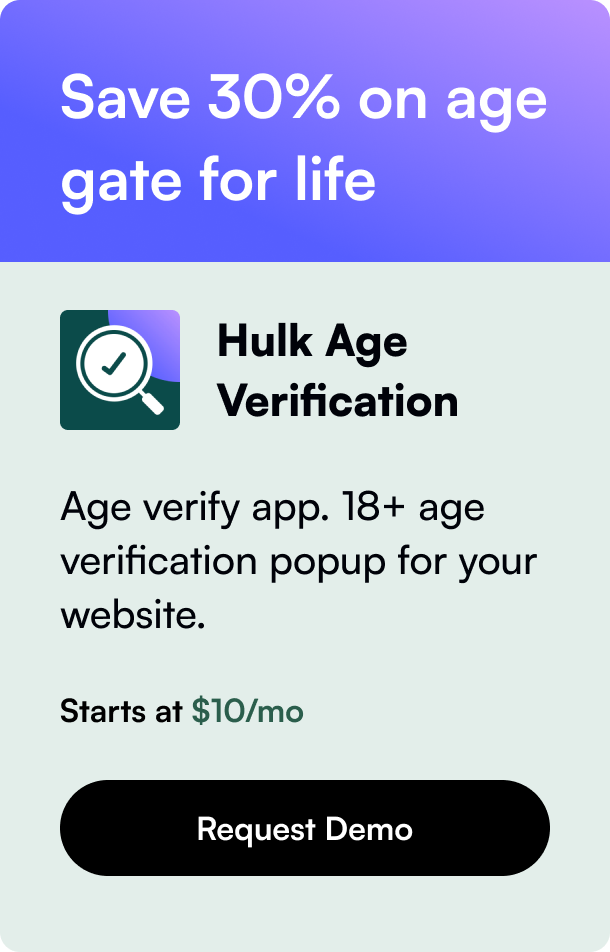Table of Contents
- Introduction
- Why Add Videos to Your Shopify Store?
- Types of Videos You Can Add to Your Shopify Store
- Adding Videos to Your Shopify Store: A Step-By-Step Guide
Introduction
In today's digital age, the power of video cannot be underestimated. If you own a Shopify store, you might be wondering, "How can I add video to my Shopify store?" Videos not only make your product pages more engaging but also help in communicating your brand story more effectively. In fact, including video on a landing page can increase conversion rates by over 80%. The good news is that Shopify supports video integration, allowing you to make your storefront and product pages more dynamic. This comprehensive guide will walk you through why videos are crucial for your Shopify store, the types of videos you can integrate, and a step-by-step process on how to add videos to different parts of your Shopify store.
Why Add Videos to Your Shopify Store?
Before we dive into the "how," let’s talk about the “why.” Videos can significantly impact your store's performance and user experience. They:
- Enhance User Experience: Videos are more immersive than still images, providing a better sense of your product or brand to your visitors.
- Boost Conversion Rates: A study showed that product videos can increase purchases by 144%.
- Improve SEO Rankings: Video content has been shown to improve your store's search engine ranking, leading to more organic traffic.
- Reduce Bounce Rates: Engaging video content can keep visitors on your site longer, reducing bounce rates.
Types of Videos You Can Add to Your Shopify Store
- Product Demos: Show your product in action, highlighting its features and benefits.
- Testimonials: Build trust by showcasing video testimonials from satisfied customers.
- Brand Stories: Share your brand’s mission and story to connect with your audience on a deeper level.
- How-To Guides: Create educational content related to your product or industry.
Adding Videos to Your Shopify Store: A Step-By-Step Guide
1. Adding Videos to Product Pages:
To make your product pages more engaging, follow these steps:
- From your Shopify admin, go to Products.
- Click on the product you wish to edit.
- In the Media section, click ‘Add media’ and select ‘Add video’.
- Here, you can upload a video file directly or use an external video URL.
2. Incorporating Videos on Other Pages:
For adding videos to pages like your home page or blog:
- Navigate to Online Store > Pages and select the page you wish to edit.
- Use the rich text editor to add your video. Click on the ‘Insert video’ icon and provide the video URL.
3. Using Shopify Apps for Advanced Video Features:
Shopify’s App Store offers various apps (like Videowise and Shogun) that allow you to:
- Embed shoppable videos
- Curate video galleries
- Integrate videos from platforms like YouTube or Vimeo without affecting page load speed
4. Embedding Videos from External Sources:
For embedding videos from YouTube or Vimeo, consider using responsive embed code generators to ensure optimal display across all devices.
FAQ Section:
Q: Can I add video to Shopify for free? A: Yes, you can add videos without any additional cost using Shopify’s native features or free apps from the Shopify App Store.
Q: How large can my video files be? A: Shopify recommends keeping video files under 20MB for optimal loading times.
Q: Can I make my videos autoplay on my Shopify store? A: Yes, some video embedding options and apps allow you to set videos to autoplay, but use this feature judiciously as it might affect user experience.
Q: How can I track the performance of my videos? A: Shopify does not directly provide video analytics, but you can use third-party apps from the Shopify App Store or link your videos from platforms that offer analytics, like YouTube or Vimeo.
In conclusion, adding videos to your Shopify store enhances customer experience, boosts conversions, and helps tell your brand story more effectively. With this guide, you're now equipped to make your Shopify store not just informative but also engaging, setting the stage for increased interactions and sales. Remember, the goal is not just to showcase your products but to create an immersive shopping experience that resonates with your visitors.








